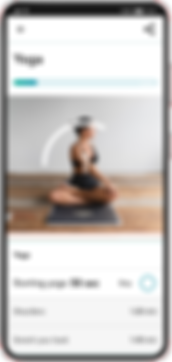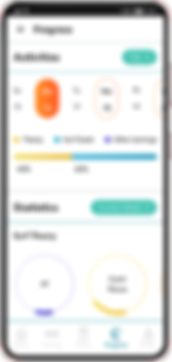SURfit
Connecting wellness with a sport that is growing in the world

OVERVIEW
For this project, I was given a generic topic: wellness.
The scope was to research and find a market gap, decide what product to develop to meet a specific users' need.
CHALLENGE
Wellness is such a big topic and for most of the relation to our lives, the market is inflated by already existing apps.
Moreover, if I want to create a new product I have to ensure to find a specific need from my users.
SOLUTION
-
Connect wellness to surf, where there is not much existing on the market and offer a new complete experience for people approaching this sport.
-
Design a flow that makes it easy for the users to complete all the steps and track their progress as they go.
Time
Two weeks
Roles
Solo project
UX designer, UI designer
Tools
Figma, Figjam, Pen & paper, Trello
Research
I wanted to connect wellness to surf, but to do so, I needed to find out a gap in the market and my user's needs.
The first step was to understand what is the actual offer of surf digital products on the market and I could find out that the offer is very limited.
Surveys
Interviews
Maket research
Affinity diagram
& How Might We
Interviews & Survey
I conducted 2 Guerrilla Interviews to understand if there was a market gap.
I then conducted 6 more interviews and a survey that collected 31 responses to understand how surfers prepare themselves for the surf sessions, where they prefer to train (at home, at the gym) and if they use some training apps.
Qualitative data
Different approach to the surf training between beginners and advanced surfers.
What they say
1.
2.
3.
“I can’t find specific apps for surf training”
“Personal trainers don’t know the sport, neither specific exercises for training”
“I would like to find training based on surf needings and focus to reach results that help me in the surf sessions”
Quantitative data



Customer needs
CONTENT
Users want to train not just strength, but also specific aspects of surfing as flexibility, balance, paddling endurance.
TARGET
Most of my target users are beginners and they would be interested in using an app for surf training.
REFERENCES
Users search on youtube, google, Instagram for exercises, they copy the pro surfer’s trainings, but they have to search in many different places.
How Might We bring to our users specific surf workouts and keep them consistent during the training?
Define
Based on the statements above, I have been able to define my User Persona and write a User Story.
This set my goal and focus on the features I needed to develop.

ROBY
"Only a surfer knows the feeling"
STATUS Engaged
LOCATION Italy
AGE 38
JOB TITLE Architect
GOALS
-
Keep training during periods of no surfing
-
Find the right exercises to improve his surfing skills and flexibility
-
Stay committed and focused on training
PAIN POINTS
-
Can’t find apps with training specific for surf
-
Unsure if the exercises he does are actually useful
-
Personal trainer at the gym couldn’t suggest the best exercises for surf
Design
Having defined the target uses, the goal and the flow I was now ready to outline the app I wanted to develop.
I needed to create 2 flows (training and theory) to reach the specific target users and create a product specific to their needs.
SURfit features
APP
I want to create an app specific for surf training
TRAINING SECTION
Include training focused on specific surf goals and surfer’s needings
THEORY SECTION
Include a specific section for learning surf theory
Branding
Thanks to the insights I got, I decided to design a product with a clean look, simple to interact with and at the same time vibrant.
With that in mind it was easy to define the brand attributes that guided me to the style tile.

ITERATION 1
The programs page was confusing as many users suggested that should have been on the training page and not on a separate page.

ITERATION 2
For the theory section, the users preferred to find it on a separate page and they say it was confusing to have it just as a section on the training page.

Considerations
I tested the mi-fi prototype with 4 people: 2 surfers which are the direct users and 2 non-surfer people, so they were more focused on the flow instead of focusing on the content.
Mockups & Iterations
Designing the low-fidelity I could put on paper all the information tested before and come back to the users to iterate.
I then moved into the mid-fidelity applying the changes and the feedback I got from the test and moving my prototype from paper to digital with Figma.
Prototyping
Final Mockups




Final hi-fidelity prototype

Conclusion
Learnings
I really enjoyed developing a product for a subject I feel very close to me.
Some of the main learnings I got from this project are related to user testing:
FEEDBACK
Receiving feedback and test at every stage is very important and it helped me to keep focusing on the goal.
USERS
At every stage of the test I had to understand which users to interview: direct app-users or other non-biased people and more focused on the flow.
Next Steps
After the final tests were done on Maze and in person I could outline my main first steps:
ENGAGEMENT
Connect users inside the app and allow them to share their progress so that they can challenge each other and be motivated.
INTEGRATION
Create a section for surf theory on the home page to smooth the flow of reaching the surf theory page.
GOALS
Create a goal page to keep the users focused and challenged.
